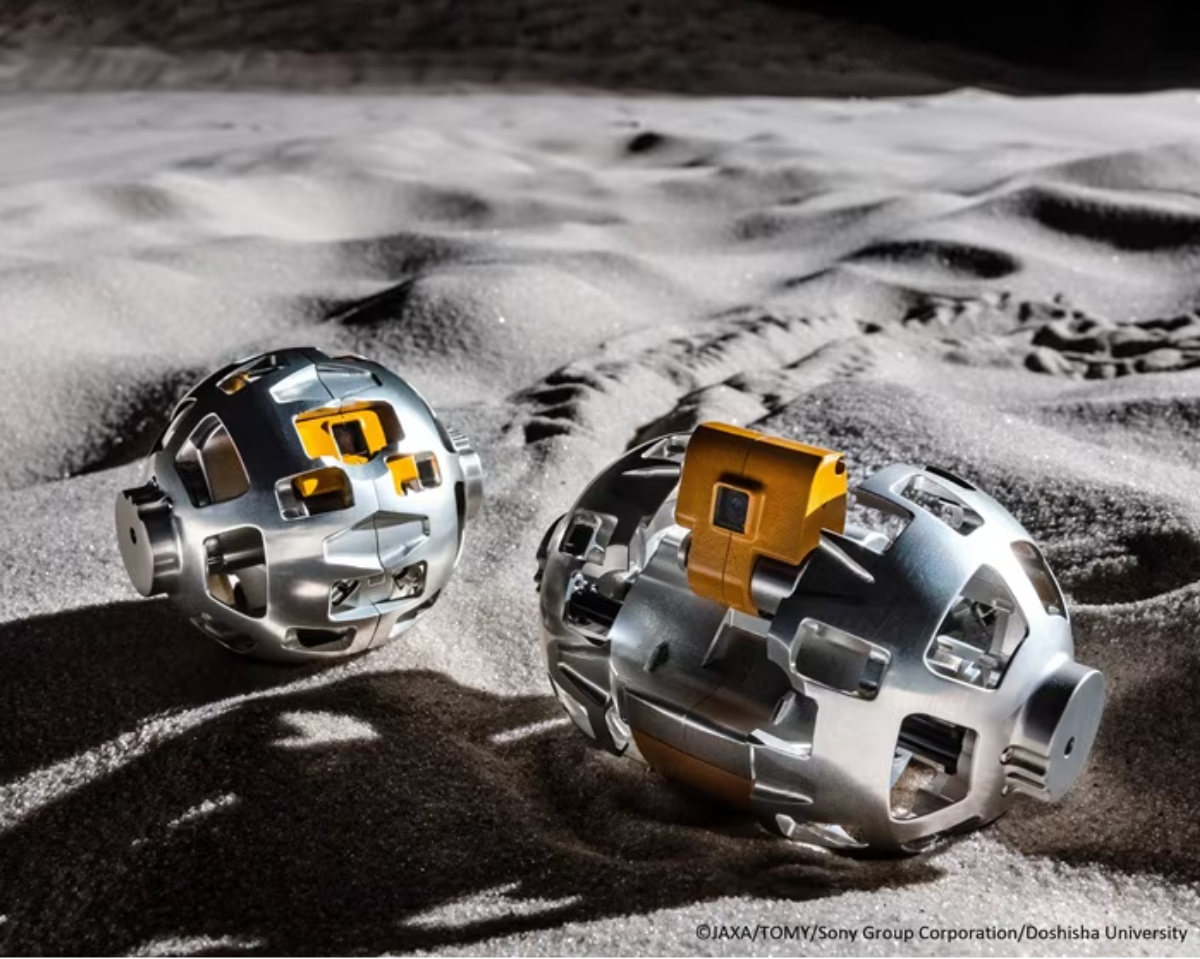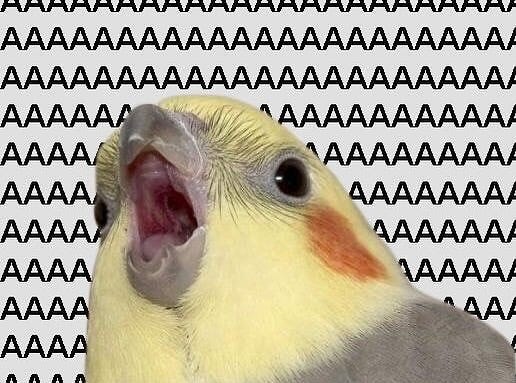gusgordon / electric_jet
The goal of this notebook is to explore a supersonic VTOL electric jet. By building a drag model and using different assumptions, we can explore what such an airplane might look like, and analyze what its range would be given different batteries and wing layouts. See Elon Musk's thoughts on electric jets.
The aircraft could either be a conventional design (with a separate fuselage and wing) or a blended wing body. There would be many fans embedded in the wing that can be used for VTOL. A tail is not needed; the combination of swept wing tips and distributed propulsion would provide adequate control. The fuselage length is set equal to the "total" chord of the wing (from root leading edge to wingtip trailing edge).
Many small motors and fans could be used to provide improved reliability (distributed propulsion). Distributed electric propulsion enables VTOL, which eliminates the need for extremely large airport runways.
During takeoff and landing, electric motors can run for short periods of time at a higher than nominal power. This would reduce the mass requirement of the motors required for VTOL. The primary engines, if they were able to gimbal, would also contribute vertical lift.




/cdn.vox-cdn.com/uploads/chorus_asset/file/24347781/STK095_Microsoft_03.jpg)








